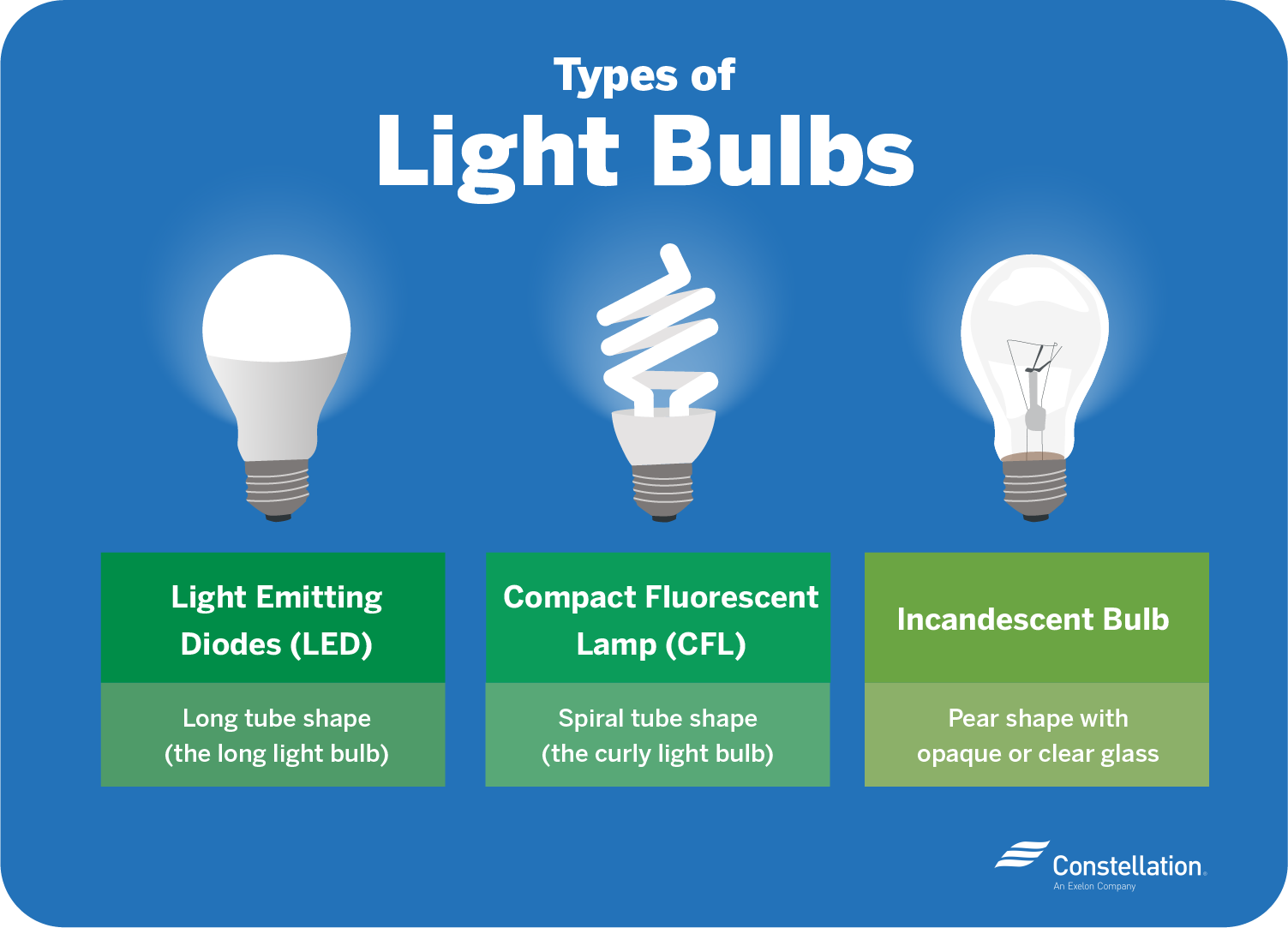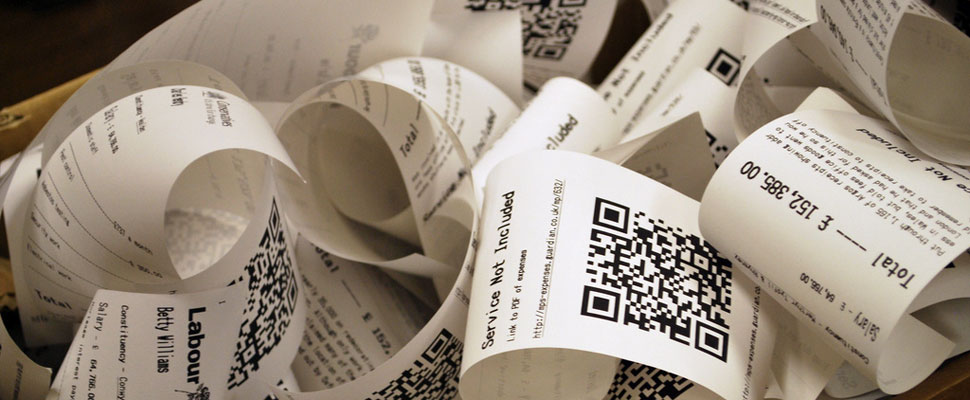After my last Civic Issues blog post about hydroelectric power, I would like to propose some ideas of sustainability that can be implemented in a typical person’s daily life, regardless of their involvement with hydroelectric power.
This week, I will focus on small, everyday tasks people like you and me can do to make a positive difference for our environment. Here are three easy tasks to complete daily that you can do to act sustainably.
First task: turning off the lights when leaving a room.

Photo Source: here
Utilizing natural light and lessening our carbon footprint are two positives incorporated in one task! According to the Tufts Climate Initiative, lighting accounts for about 25% of the energy usage in the United States. Since electricity is produced mainly by burning fossil fuels, this has a drastically negative impact on the environment due to fossil fuels’ contribution to pollution.
Another aspect of lighting that is more sustainable and positively contributes to the environment is by using Compact Florescent Light Bulbs. These lightbulbs are a bit more pricy than a typical incandescent bulb, but its impact is worth the additional cost when considering the long term investment effects. In fact, someone who purchases this type of lightbulb will actually save money in the long run.
Some statistics that showcase the positive effects of using compact florescent bulbs includes the fact that these bulbs last ten times longer than a regular incandescent bulb. One compact florescent bulb prevents 1,000 to 2,000 lbs. of carbon dioxide from negatively impacting the atmosphere through heating it, and saves the owner approximately $25 to $50 in bulb costs and electricity costs over one’s lifetime.
Other positives include these compact florescent bulbs preventing the emission of eight to sixteen lbs. of sulfur dioxide, and therefore limiting acid rain. Lastly, it is clear that the one-time installation of this bulb will save the cost of purchasing and installing numerous ordinary incandescent bulbs over the same span of time.
Using compact florescent bulbs and turning off the lights whenever one can makes a greatly positive impact on the environment. For bonus points, make sure to also unplug the computer when it is not in use, since a computer uses up the same amount of energy as two or three incandescent lightbulbs!
Second task: use a reusable water bottle.
Photo Source: here
If you have ever played on a sports team growing up, I’m sure you had some sort of water bottle you used for each practice and game. That is — unless you were that one kid who always used plastic water bottles. There is always one.
The world produces plastic at an alarming rate, and much of it ends up polluting the ocean. Recycling is extraordinarily important and is a great start to counteracting pollution.
Despite the efforts of recycling, however, according to Plastic Oceans, less than 9% of all plastic actually gets recycled. Where does the rest of it go, you may ask? It piles up in the ocean. Our oceans are at risk, with the Ellen MacArthur Foundation predicting more pieces of plastic than fish in the ocean by the year 2050. This unfortunately realistic idea puts it all into perspective, and to top it all off: one million marine animals are killed every year from plastic pollution.
If each person in the world lessened their plastic usage by the simple task of using a reusable water bottle, think of how positively this would affect the current horrible pollution state of the ocean. This positive change will begin with your choice to lessen your plastic usage.
For bonus points: stop using single-use plastic containers and utensils, and bring your own plastic bag to the dining hall, too!
Third task: choose not to print your receipt.

Photo Source: here
After a shopping trip and waiting in line at the cash register, one of the final questions you must answer before driving home is whether or not you would like the receipt for your purchase. For many people, they make this “yes” or “no” decision instantly and their response fluctuates with their mood. Often, this receipt is left at the bottom of the grocery bag then thrown away, and is never referenced by the shopper.
Simply declining the receipt at a store (or choosing to have it emailed to you) are small ways to stay environmentally conscious when making decisions that one may consider to be trivial. Not having a printed-out receipt is a way to save paper and be sustainable regarding trees.
In addition to reducing one’s negative impact on the environment, another huge positive to declining a physical receipt is the fact that handling printed receipts causes the chemical Bisphenol A (BPA) to enter a person’s bloodstream. According to a study by the University of Missouri (referenced in an article by NC State University), handling this chemical is the potential cause to interfere with humans’ hormones, damage women’s fertility, activate breast cancer cells, and pose a health risk to children. BPA is also present in plastic water bottles, which presents another positive of buying a reusable water bottle.
Overall, the environment is our home and it is our responsibility to protect it from ourselves. I challenge you as the reader to implement all three of these tasks and to encourage the people around you to do the same. A positive change always starts with one person: let it be you.